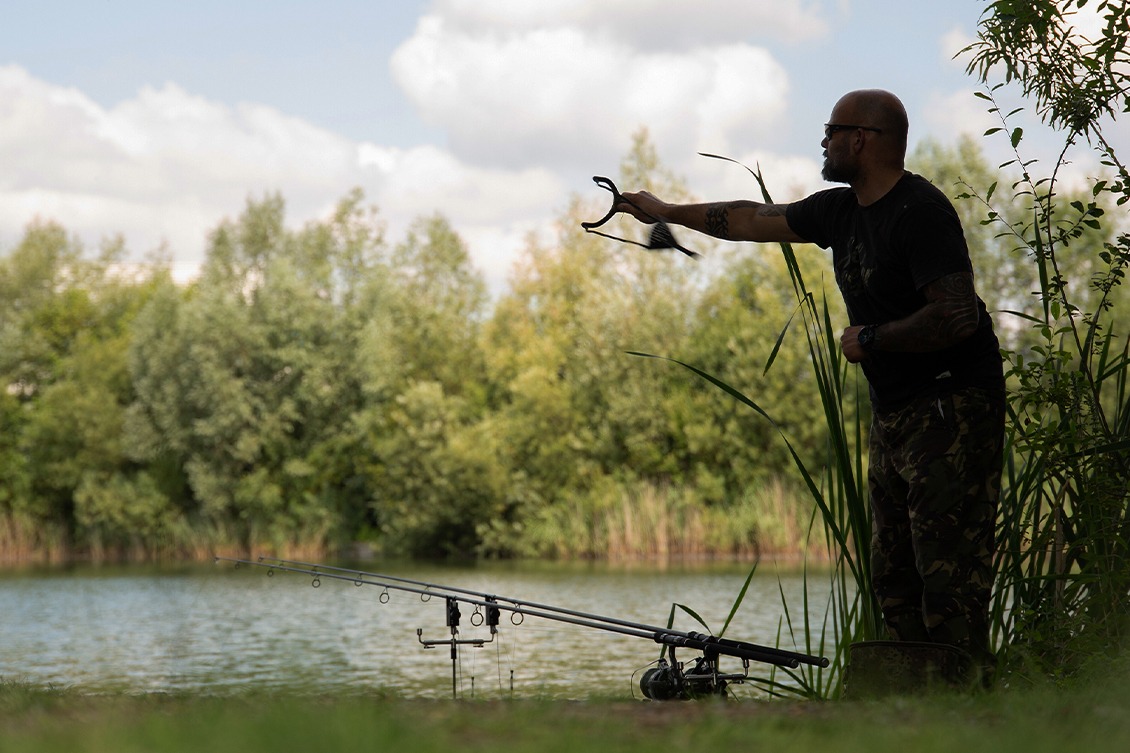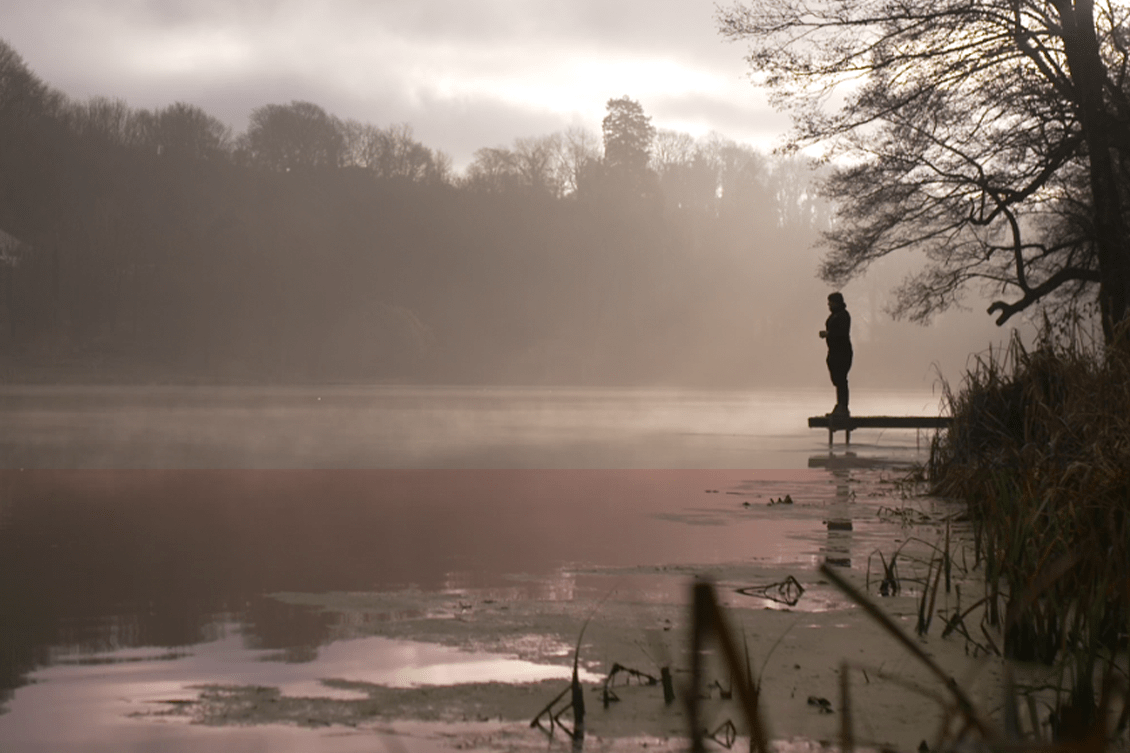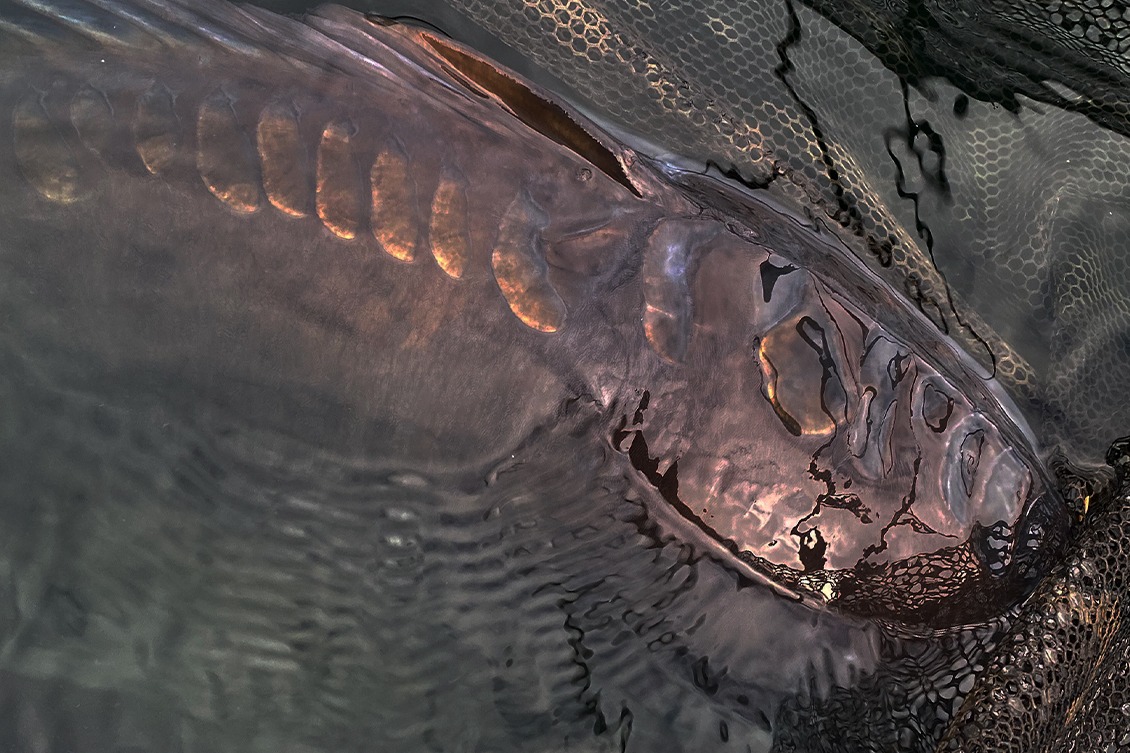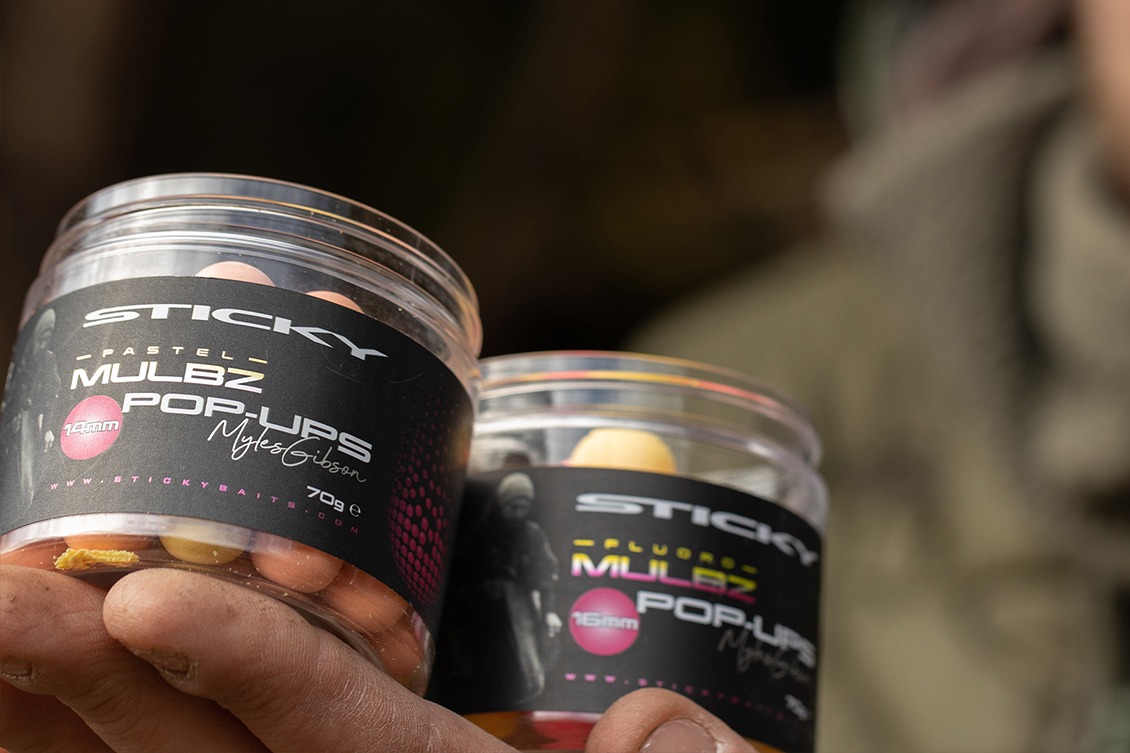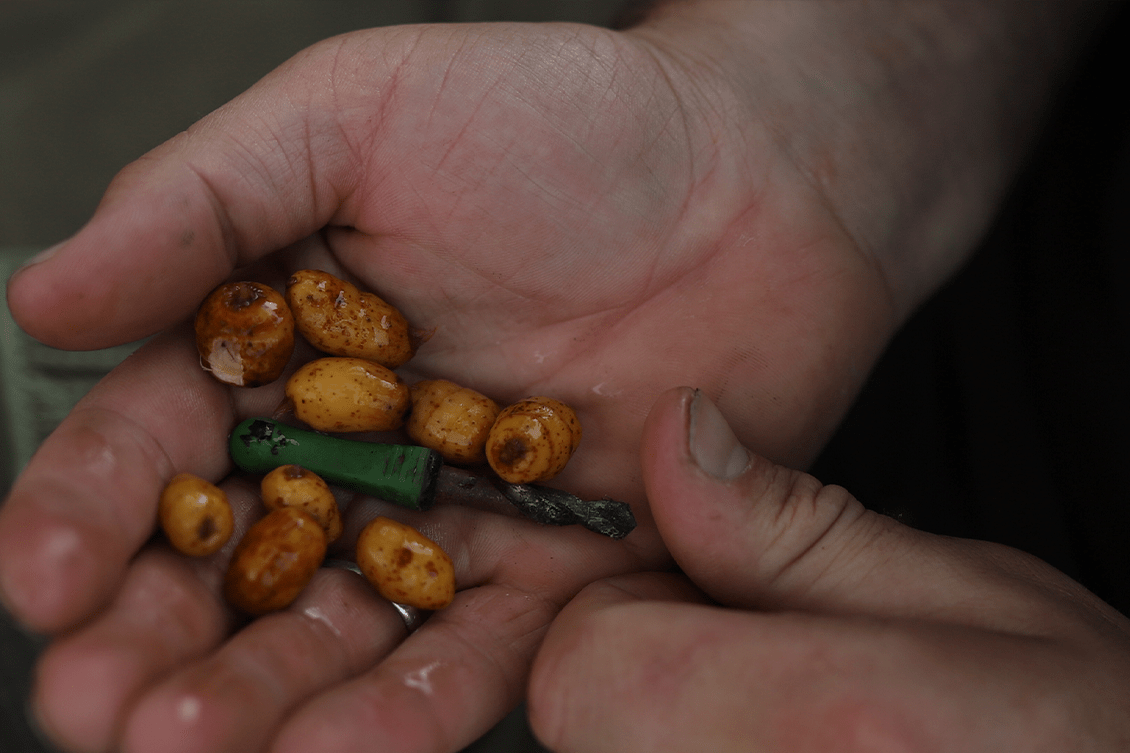
Scott Lloyd reveals his best tips for targeting a new venue, ensuring you waste no time in getting amongst your lake’s stock!
Scott Lloyd reveals his best tips for targeting a new venue, ensuring you waste no time in getting amongst your lake’s stock!
Starting a fresh on a brand-new lake can be a bit daunting, and without the right preparation you could be left up a creek without a paddle. Carp are carp wherever you go, and once you figure out what they are up to, they can be very easy to catch. There are several things you can do to help stack the odds in your favour, and ensure you start adding your lake’s prize jewels to your photo album sooner rather than later!
USE TECHNOLOGY
The world wide web is your friend in this instance. Google Earth is excellent for getting your bearings before you visit the lake. It can not only show you how to physically find it, but also reveal shallow areas, gravel bars, weed and assorts of other valuable information. For something that you can take advantage of while sat at home, you would be surprised how many people forget about it! Don’t forget about the range finding tools in these programmes either, as if you do find a spot, you can already have the wraps noted down in your phone, without even having been to the lake!



speak to people
There are a fair few secret squirrels in this game, but they are far outweighed by perfectly approachable individuals who like to help fellow anglers. If you know someone who has already fished your target venue, drop them a polite message. It’s something we all do, and it doesn’t need to be overly invasive. Just general questions like; any particularly weedy areas, or how busy the lake gets throughout a week? These won’t affect the other angler’s fishing, but yet again you can glean valuable information without leaving the house.
Get some height
Once you do get round to fishing your chosen lake, it is vital you track down the fish. If you are faced with somewhere with little water clarity, you will have to rely on fish showing, or perhaps some bubbling. If, however, you have some decent water clarity, I cannot stress enough how important elevation is! Whatever you can do to get yourself off the ground, will be a massive edge in regard to spotting fish. If you can get up trees then this is your best bet, if there aren’t any suitable ones, then try any high banks or dam walls. Even just a few feet can make a massive difference to your vision, so it is well worth making the effort.



Check the margins
Most new tickets start in the spring months, and as the weather gets warmer, those carp know that the marginal areas and upper layers will warm up the fastest. Areas of cover, that are south west facing are always worth a look in the warmer months; they are literally carp magnets!
Set an alarm
You have to be prepared to make the effort to get up early any chance you get in angling, but it is particularly important on a new venue. The vast majority of shows occur in the first hour of light, and often just before it as well. This totally gives the game away in terms of the carps’ whereabouts and can really shorten the time frame of success. Once you have figured out their patterns, they may not show in the morning, as some lakes respond well as the light fades instead. Only then would I suggest having a lie in! You can always catch up on sleep during the slow periods of the day, but make sure to be on your toes when it counts.



Cap & Glasses
You should never leave home for a session without a great pair of polarising sunglasses and a peaked cap. The difference in vision they give you is vital in my eyes; it’s like opening up the underwater world! A lot of people seem to forget the cap too, this just makes sure you aren’t holding your hand above your eyes all the time and can then use both hands to climb trees to bring your fish spotting to a new level.
Bait, Bait andMore Bait!
When starting on a new venue you should always take every option of bait you can possibly think of. It doesn’t all have to come with you, but you can leave it in the car until you need it. A good quality boilie like The Krill Active will see you in good stead on any lake, combined with a mixture of pellets, some particles and a range of hookbaits; you are perfectly prepared for every scenario on the bottom. I also carry some bread, and The Krill Floaters for any surface fishing opportunities that might come my way!



note it down
Whether you use the traditional method of a scrapbook and pen, or your phone’s notes system, writing down valuable information is always a good bet. I write down the obvious wraps to spots, but also make sure to note any behaviour I see and try to link it to weather conditions or even angling pressure.
upper layers
On any lake it is important to never forget the upper layers and surface, especially as the weather warms up. It pays off to bring a floater rod, with all the relevant gear and bait, but I also always carry a small pouch for tying up Zigs. They are so underused on many lakes even nowadays and they can certainly help you hit the ground running, especially if those carp are soaking up the first rays of sun in spring!

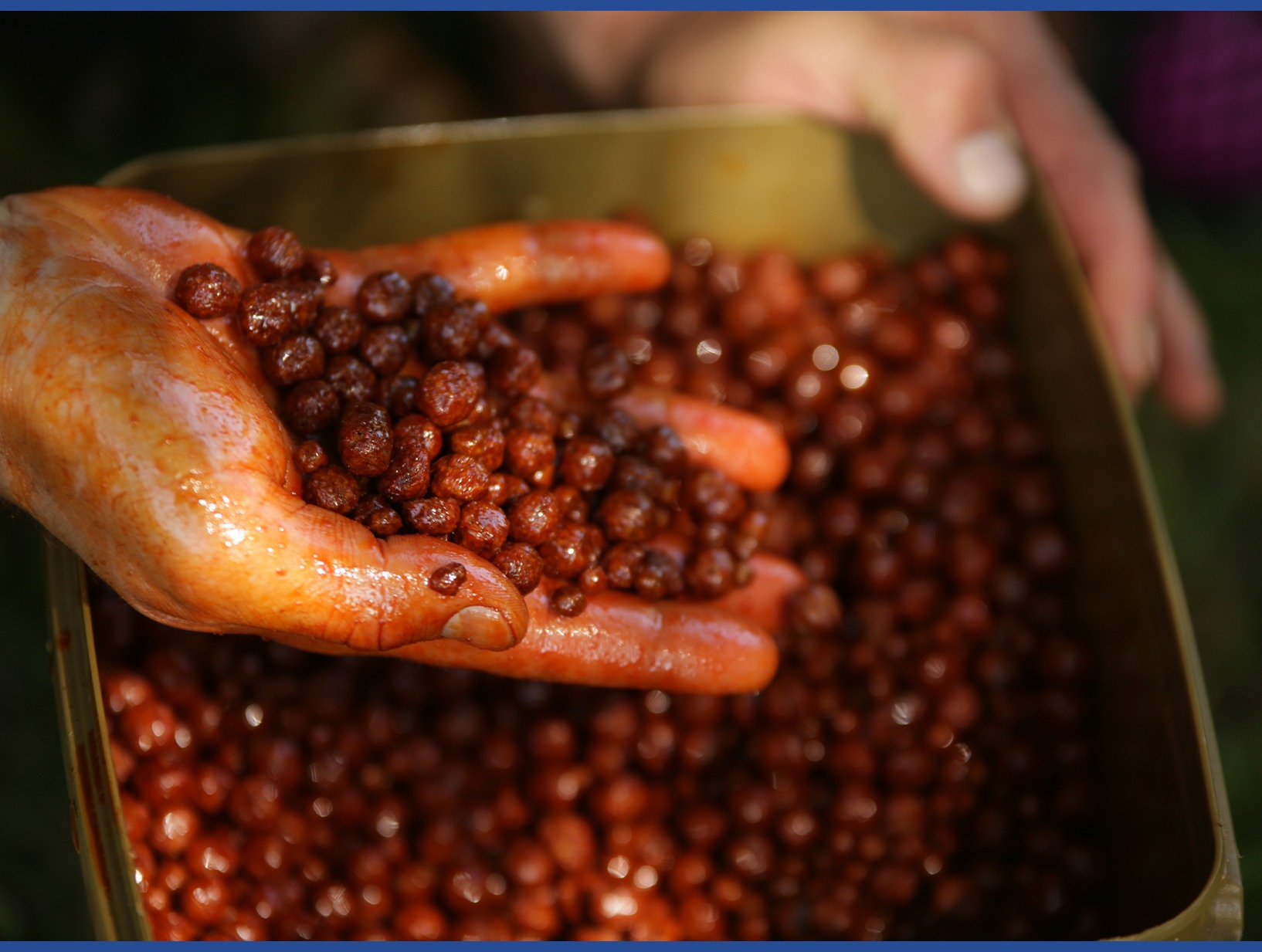

Prepare for yournext session
Finally, before you leave the lake heading for home, hopefully after some success, it is important to keep your roll going. Whatever bait you have left, use it to bait a few spots, ready for when you return. Make your leftover bait go further with the addition of particles or pellets, any free meal for the carp will benefit you. If the lake is quiet, you could even plumb up a new swim, or have a really good walk around to see if there’s anything you missed. Effort equals reward in everything in life, and if you put maximum effort into your angling, even when your session is technically over, it could seriously help you in the long run.



